David Ogilvy put it pretty simply when he said that “five times as many people read the headline as read the body copy.” You saw the headline above, and it successfully hooked you in. Such is the same way that digital video advertising works for a media professional like yourself.
The idea of video advertising in the current state of the internet is a tumultuous and ever-changing system. But the principle remains the same: Hook someone with an ad on your video or webpage, and much like an eye-catching headline, they’ll stick around long enough to make you some money.
The problem is that ads are everywhere, and no one seems to want to open a Pandora’s Box for newcomers on how the system works.
However, I aim to open the floodgates and break down digital video advertising for you, leveraging my time as a creator and a previous website manager for places like GameRevolution and more.
Digital Video Advertising Breakdown
Digital video advertising tells what it is: An advertisement in online video form. This form of media ad is essentially a video that plays somewhere on your content or website, earning you some passive and active revenue over time.
Digital video advertising is one of the strongest ad types today. Akin to the commercials of the increasingly bygone age of widespread cable television, digital video advertising is the primary form for many media companies, both start-ups and established rich media empires, to make money and a brilliant marketing strategy for publishers.
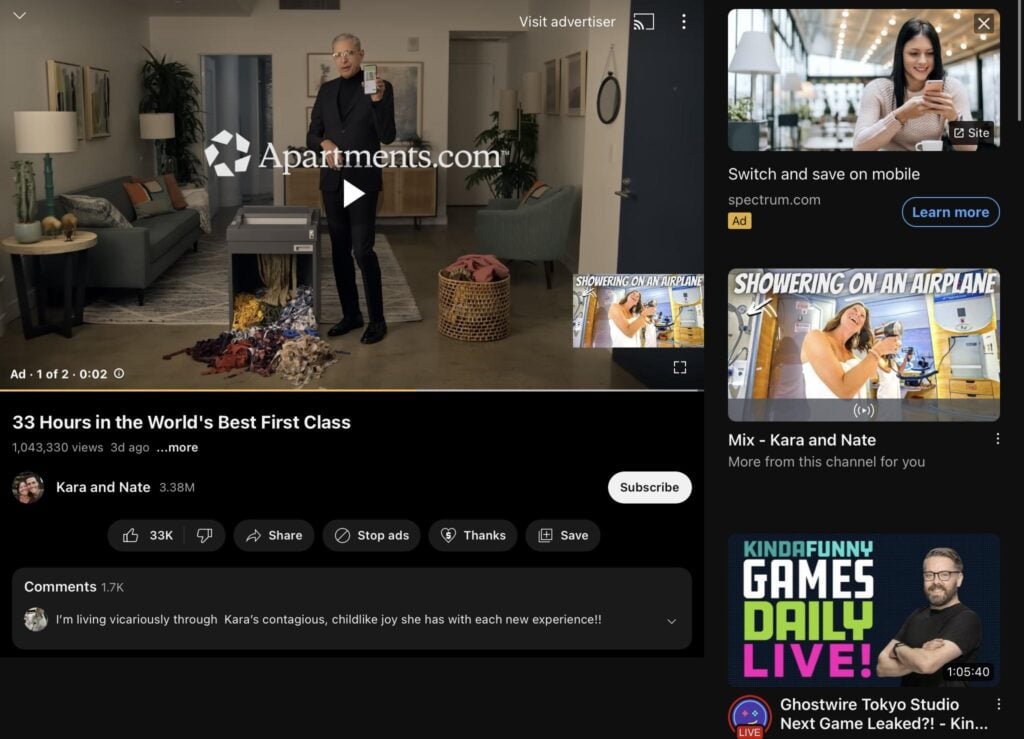
Your viewers, readers, and fans come to your business for a specific reason: be it a product you’re selling, a headline that hooked your audience, a video that you published, etc. The ads are supplemental—and sometimes unexpected—partnerships that come along for the ride.
They accompany the web article, product, or video you’re offering consumers via various ad networks. You are essentially renting out space on your video or webpage for the ad publisher to entice your audience to dive deeper into a separate company, brand awareness, and product.
This so-called sub-leasing of your video or page on the internet via digital video ads offers you some “rent money” for the more people who see and click through the advertisements.
It is an essential part of any media creator and an area you should employ from the moment you begin, even if you are a fresh business.
Why you need video ads for your business
Video ads are, quite simply, one of the primary ways you make money. If nothing else, know that sharing the work of advertisers on your media content will be one of the ways you get revenue back for your business.
Now, this might be something you already know about ads, but why digital video ads, specifically? We are a very visually-focused race of human beings, and videos are one of the best ways to catch someone’s eye.
These days, a goofy video ad for BMW starring Arnold Schwarzenegger as Zeus will likely keep someone engaged and entertained long enough to find out more about a product than a billboard with white text on a black background will on the freeway.
Videos are engrossing, both from a visual standpoint and an audio side. If you can catch and keep potential customers’ attention long enough with this type of ad, that can generally mean more money that will end up in your pocket from the advertiser company, which is never bad.
For instance, it can be tempting for websites to go the standard display advertising route of embedding a section at the top of the page for a static advertisement. But everyone should consider digital video ads for their potential and power, such as the reported 48% higher sales rate over traditional in-house static ads.
Digital Video Ad Formats Explained
Before you start contacting ad networks for your video channel or setting up sections on your page for ads, there are a few different high-quality video ad formats worth discussing.
They each serve different purposes that may not necessarily be for you, so consider all your options carefully for your target audience.
1. Forced streaming ads
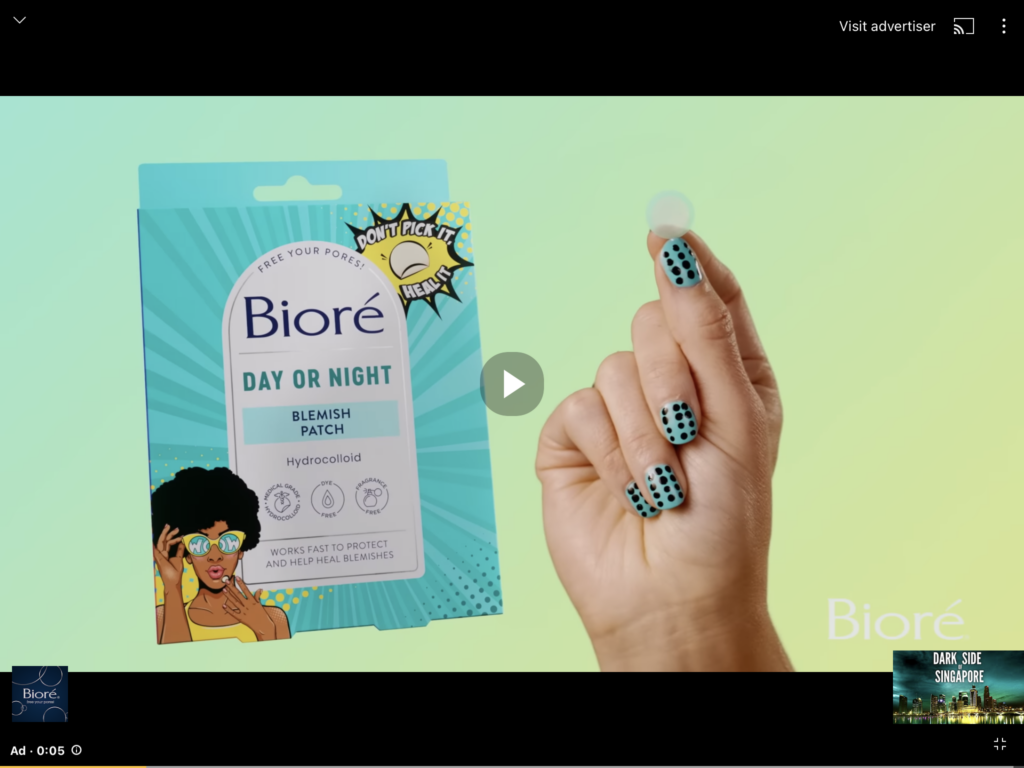
What I like to call “forced streaming ads” are the TV commercials of the modern age. These are generally found on top of a video you’re trying to watch, though more websites are setting them up at the top or middle of their pages these days, too.
This video streaming ad automatically plays over whatever content the consumer is trying to enjoy. They have to watch this forced type of in-stream ads in their entirety to continue on with the YouTube video or whatever they’re trying to see.
With the short attention span of the average internet person, these can be one of the more frustrating types of video marketing ads. However, its longer nature can be lucrative in the right situation for media companies if the ads in question are intriguing enough with their call-to-action.
2. Skippable streaming ads
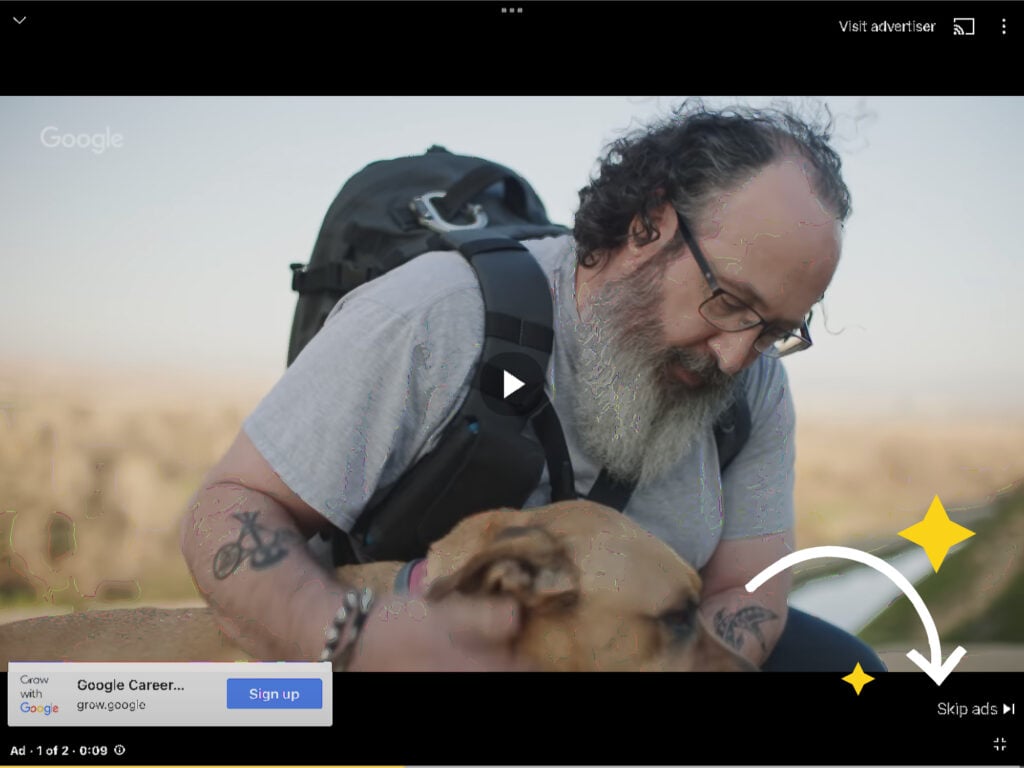
Skippable streaming ads are almost identical to the previous type of video ad. These display ads generally overlay on top of your page or video, acting as a gateway to the content the audience must go through.
However, the difference with skippable streaming ads is that after a few seconds, the consumer can skip the entire ad and get straight to the good stuff you have to offer. The interactivity and short-lived nature are less likely to turn someone away than the longer-form forced video ads.
3. Concurrent video banners
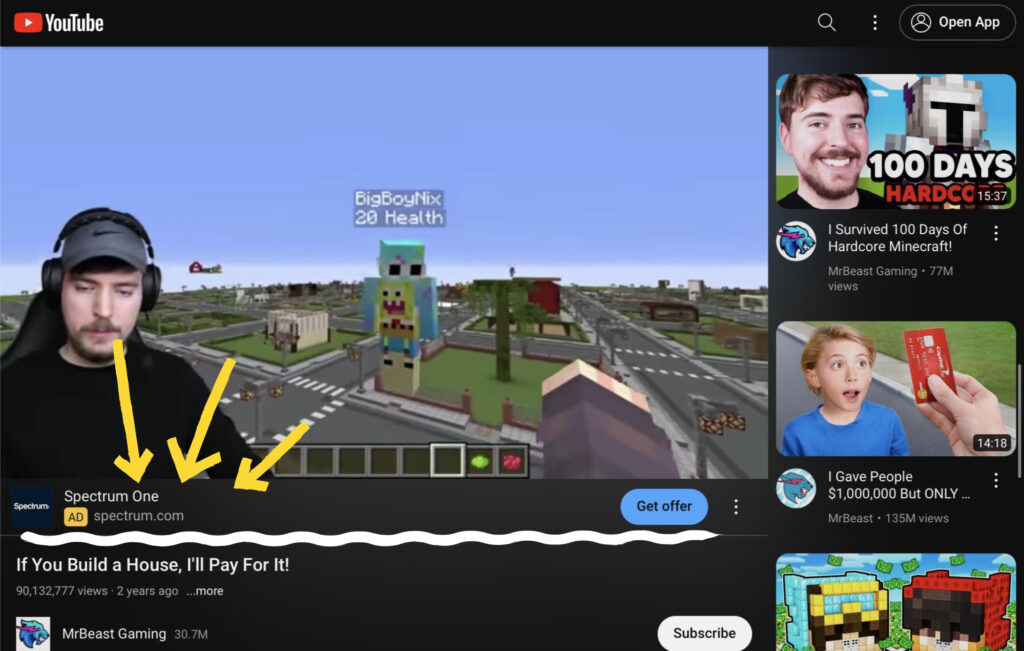
Concurrent video banners are an increasingly more common type of ad that isn’t always a video necessarily but has to do with video platforms. Essentially, they are a banner advertising a product or company that will appear on or just below the video someone is watching.
Unlike the previous two digital video ad formats, concurrent banners run at the same time as the video the audience wishes to watch without interrupting it. As seen in the screenshot above, this allows the viewer to still watch the video and possibly clear out the banner if they like.
The benefit of this online advertising is that it is far less intrusive and doesn't kill the momentum of your audience, unlike the previous ad formats. However, at the same time, they don’t have the eye-catching quality of traditional video ads, so they may not be as profitable for some.
4. External banner ads
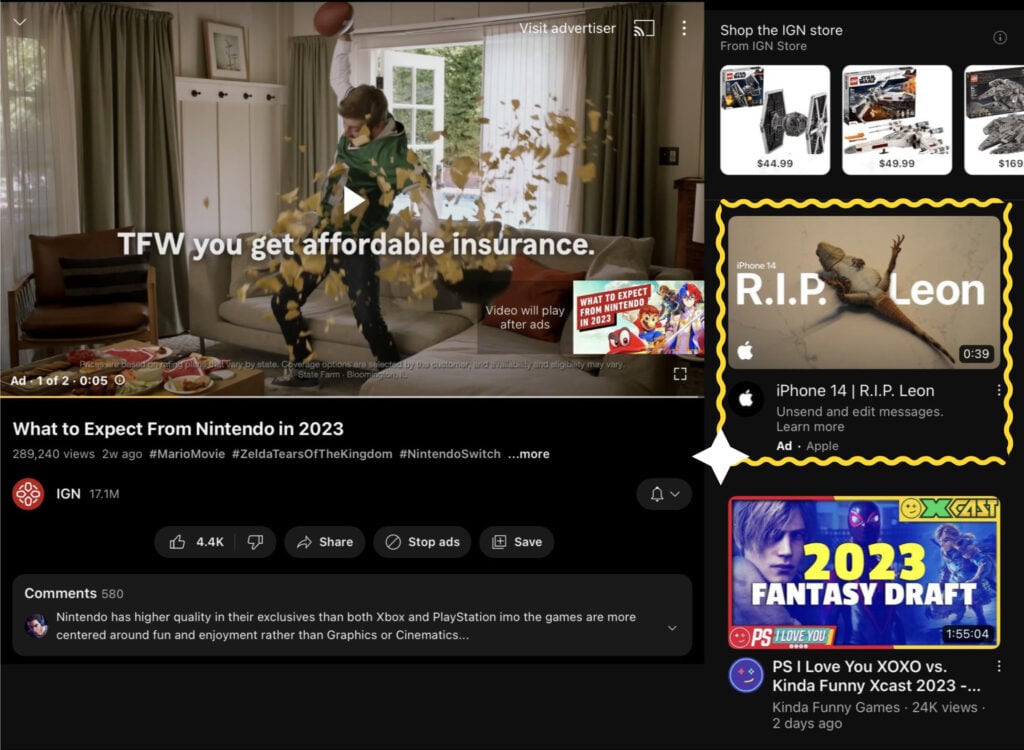
External banner ads are the same as concurrent ones, except for a key difference: These out-stream ads don’t appear on top of videos. They are more of the standard banner ads you’ll find on the sidebar of a video page or an article.
While most external banner ads are static, showing text and maybe some images, there are increasingly more common video-style versions. These may not come with audio but have short GIF-style loops of the same animations repeatedly.
I would put these in a category below concurrent banners because they aren’t in the middle of where the viewer’s eyes are looking. As such, there is the chance that they may be ignored and not be as useful for you. However, they aren’t as annoying, either, which is nice.
5. Interactive ads

Interactive ads are the final video group that you should consider. This is more for free mobile apps and games that someone might have on their mobile devices, so this is mostly for the app developers reading this.
When using a mobile app like, say, a calculator, photo editor, or mobile game, there are moments when the user will be interrupted by an advertisement. Many of these use simple videos for the person to watch, and then they can return to what they were doing.
However, some are interactive, allowing the person to try out a short minigame or activity that the app is promoting. This level of interactivity is far more engaging than someone watching a traditional video ad and lets the person test a product before downloading it.
As such, it can be more attractive for audiences and possibly more valuable for media companies, though it is more of a niche scenario case.
Advertising Platforms: Where Should You Go to Implement This?
The key part about advertisements is knowing where and how to implement them for your services.
There are a few different locations, including gated areas like social media platforms, where you will need to deal with this, depending on your offer.
1. Ad networks
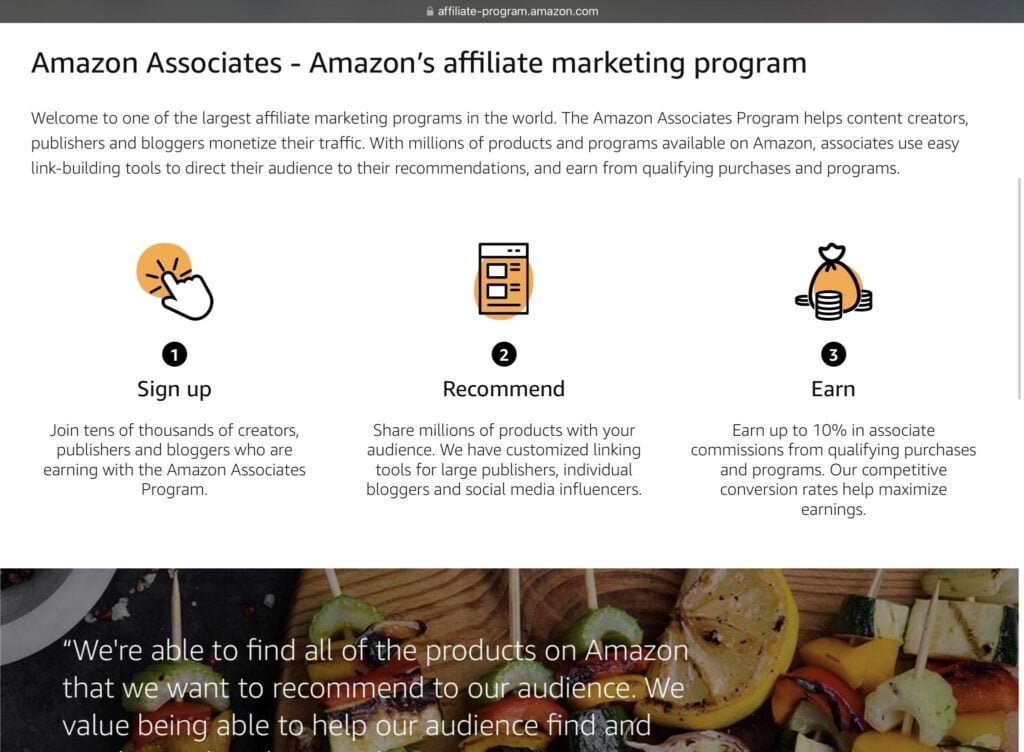
The traditional ad networks are for those trying to publish content on places beyond YouTube and Facebook.
In these cases, you’ll have to create your own advertisements and placements manually by purchasing video ads through a publisher and embedding them into your site. This is where ad networks come into play, as they offer you the chance to implement video ads wherever you like.
Some of the largest ad networks include companies like Google Adsense, Amazon Associates, and Taboola. They simplify most of the process for you, allowing you to embed links to the ads into your pages to draw in revenue.
These ad networks generally differ regarding the type of ads they offer (videos versus static ads), how many publishers work with them, and the amount you get per ad. Be sure to carefully research all of them.
2. YouTube
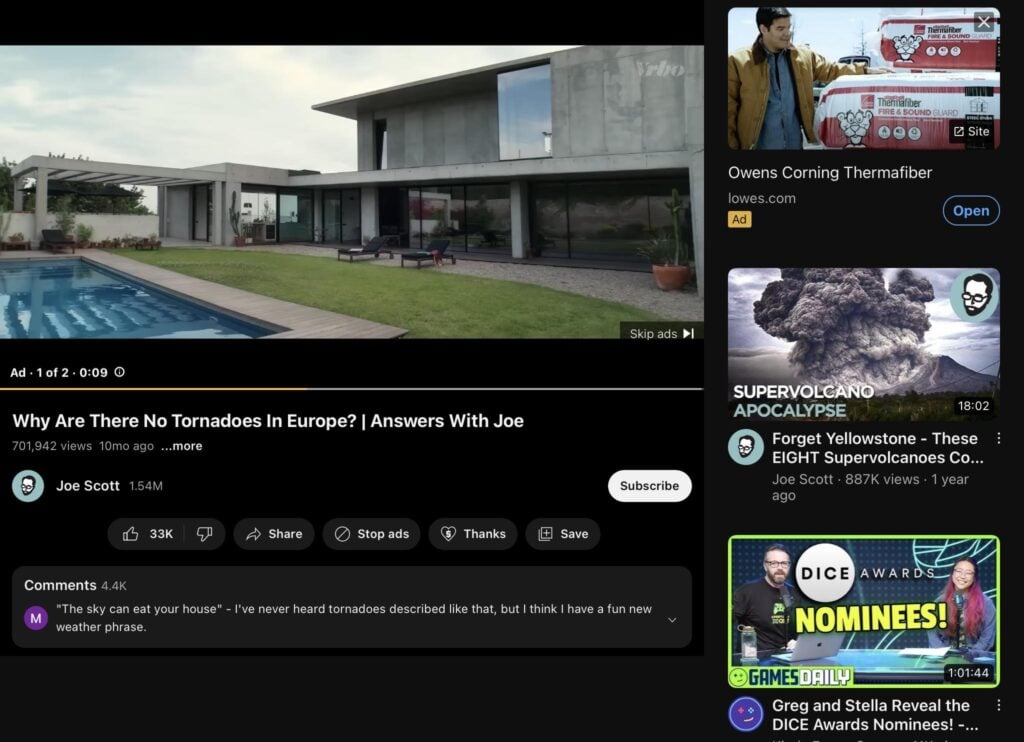
If you are a video creator of any kind, for better or worse, places like YouTube do most of the work for you.
Google has its own set of ad publishers that it uses to automatically input ads into your videos. You can change some settings, such as turning off monetization and ads for a specific video, but there isn’t much to do here.
This is because YouTube takes care of it all in the backend. Complex algorithms decide what video ads show on your content to the viewer, usually depending on their prior search history, demographic, etc.
However, this comes with its own problems, such as random demonetization of your videos and the general inability to negotiate ad rates.
3. Facebook

Facebook is another area where video ads are becoming increasingly more common, even when scrolling through random Facebook Reels (think TikTok). If you make this sort of content, there are chances that ads will randomly interrupt your clips whenever someone is watching them.
Facebook mainly pays creators based on the number of views on their Reels or livestreams. It’s mostly a similar situation on Meta’s other company, Instagram. In addition to regular ads, you also have the option to display an overlay banner ad on your videos in your chosen location.
4. Twitch
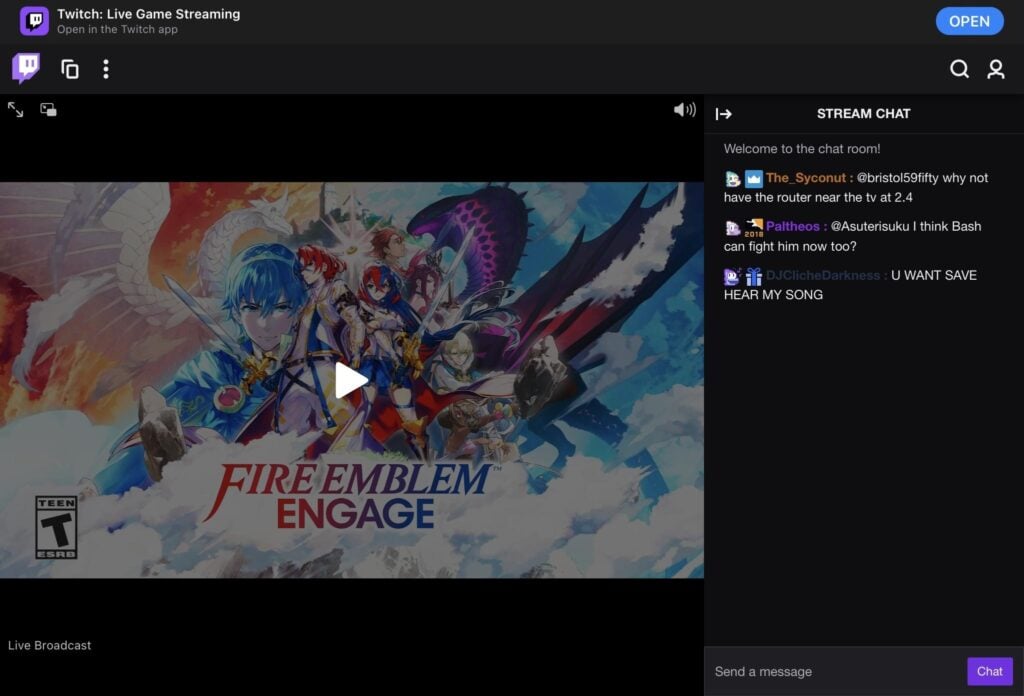
Twitch is the most popular live-streaming platform, mainly for gamers. However, it is rapidly expanding to other categories of video content creators who wish to show off their content live.
Twitch’s digital video ads work on a system where you first must meet the relatively light Twitch Affiliate requirements and join the program. Otherwise, you won’t earn money through any ads on your streams.
At this point, you’ll earn revenue based on the occasional ads that appear during your livestream. However, this process is quite random, with some users experiencing more ads than others.
In general, Twitch’s main financial benefit for you comes from removing ads through the use of paid subscriptions from your fans, who won’t have to miss out on a second of your live content.
It’s somewhat odd compared to other platforms, but this is a situation where you want to encourage your users to subscribe to remove ads. This will make the experience better for them and likely earn you more revenue.
How to Best Take Advantage of Digital Video Advertising
Digital video advertising is an enormous part of building out your media empire. Here are some of the general tips and areas you should explore next to best use digital video ads for the benefit of your company:
- If you’re growing and serious about ads, hire a digital accountant specializing in online businesses. They can help you navigate and manage ad revenue, especially if you aren’t on one of the walled platforms that do a lot of the work and make tweaks for you.
- Hire a marketing manager or SEO person who implements the right ads (possibly with an existing template) in the correct locations to maximize your benefits. This goes doubly so for companies with websites that want to benefit from search engines with their advertising strategy.
- YouTubers and other content creators should take careful measures and steps to avoid copyrighted material (like songs) and other issues (i.e., mature subject matter) that can demonetize your videos.
- Speaking of subject matter, carefully monitor your ad networks. If you create an all-ages service, you may not want adult-oriented ads appearing on your content.
- Track your ad content metrics in real time. Ad networks generally give you stats about your click-through rate, completion rate, and time viewed, letting you know where you can improve.
- Lastly, don’t rely solely on ads in the current economy. Explore other revenue streams, such as sponsorships, affiliate links, merchandise, and brand partnerships.
What if You Want to Promote Your Business Online?
This is another aspect of digital video advertising involving some of the same ideas of contacting ad networks and hiring specialists to navigate the right business deals that work for your company.
However, you have an extra step when purchasing ad space for your company, where you’ll need to create the digital video ads yourself. This usually involves hiring a dedicated marketing team with videographers, paid actors, editors, etc. Or alternatively, contact a reputable marketing company to outsource the work for you.
Both options have pros and cons, such as doing it yourself costing a lot more but having more freedom than outsourcing, which is generally cheaper but less involved.
Advertising Networks Are a Solid Next Step
While video advertisements are crucial to your growing business, they aren’t the easiest to implement. Simply knowing about these digital ads is one thing, but taking advantage of them is another. This is where advertising networks come into play.
Many of these companies aren’t necessarily ad publishers themselves but companies who buy and sell ads from publishing companies. They act as a helpful middle company that takes care of most of the dirty work while allowing you to see neat stats about how your company’s ad revenue is performing.
If you’re ready to take the next step, here are the 10 best advertising networks you should research and consider.
While you’re at it, subscribe to Indie Media Club to get the latest info about ads and how to build your media empire straight to your inbox without having to look for it.



